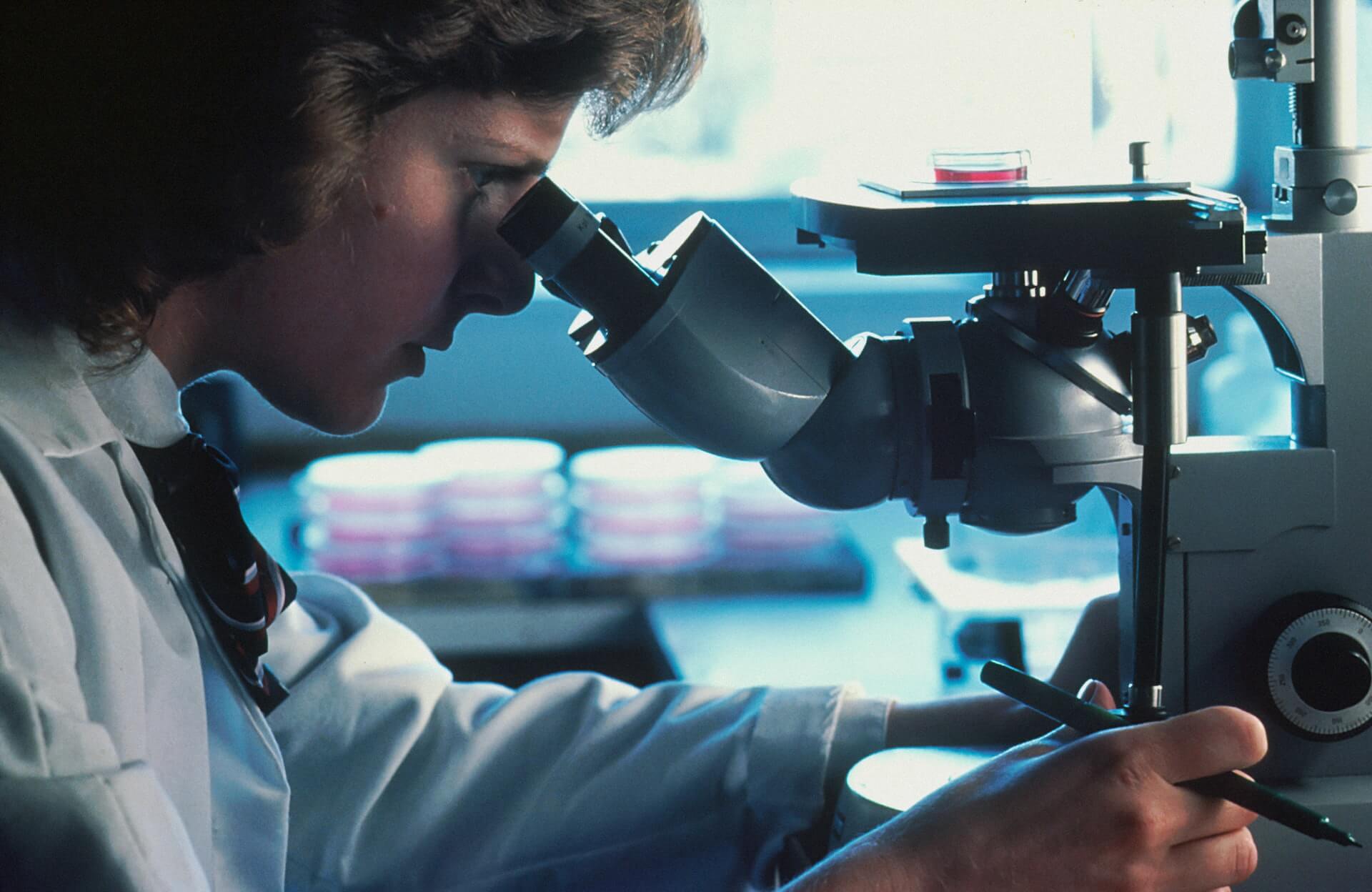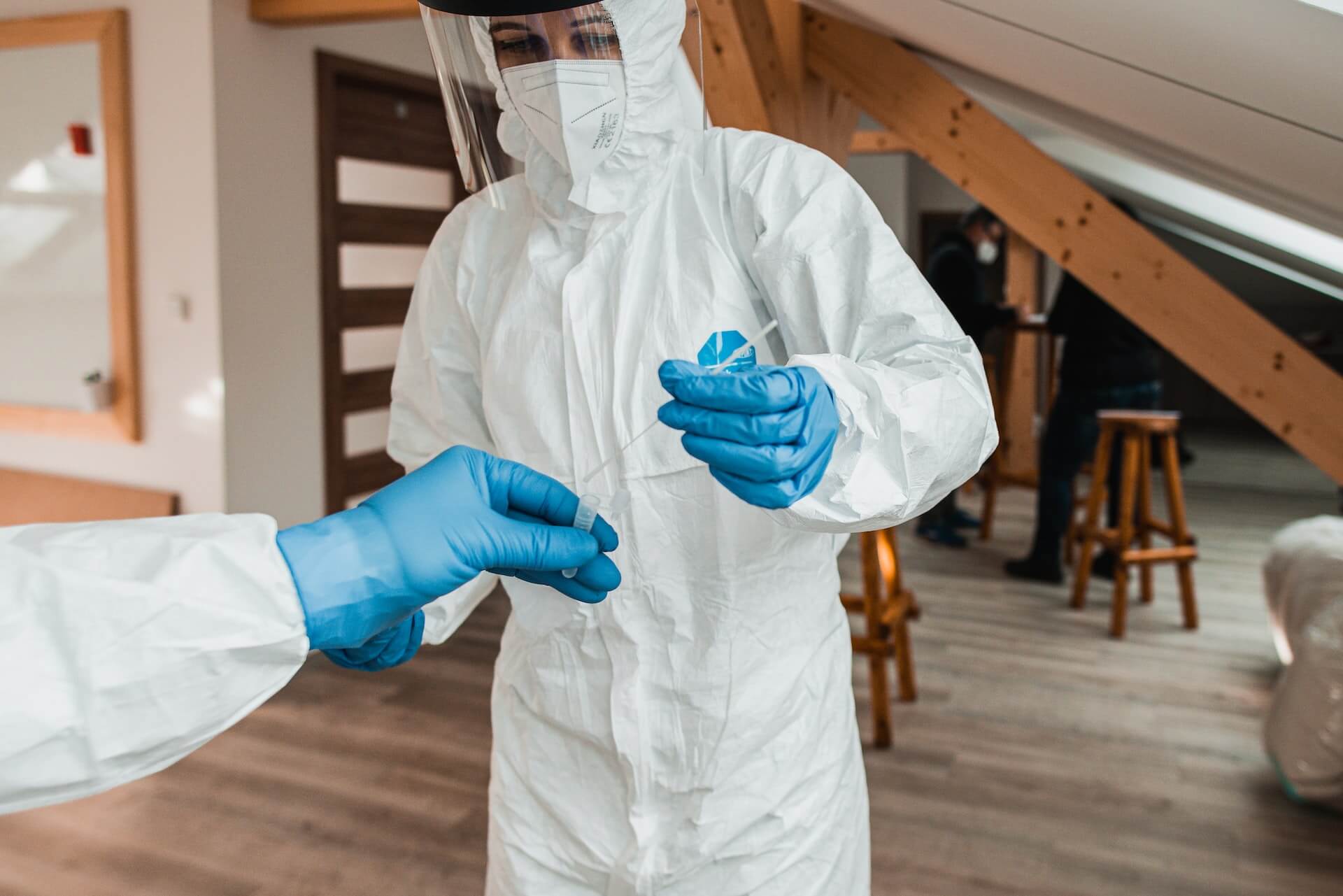News and Blogs
Everything You Need to Know About Foam Swabs For Medical Use

Foam swabs have become essential in many medical settings due to their versatility, effectiveness, and ease of use. Medical swabs are used for sample collection, diagnostics, and treatments, and choosing the right swab for your specific application is crucial to ensure accurate and reliable results. This article will provide an overview of everything you need to know about foam swabs for medical use, including their importance in sample collection, the advantages they offer over other medical sampling methods, and the different types available. We will also discuss how to choose the right foam swab for your specific application and the best practices for using them in medical settings. Additionally, we will explore common applications for foam swabs in medical research and clinical settings. By the end of this article, you will have a comprehensive understanding of foam swabs for medical use and be equipped to choose the right swab for your specific needs in the medical field.
Contents
- 1. The Importance of Medical Swabs in Sample Collection
- 2. The Advantages of Foam Swabs Over Other Medical Sampling Methods
- 3. Different Types of Foam Swabs for Medical Use
- 4. Are foam swabs reusable?
- 5. Best Practices for Using Foam Swabs in Medical Settings
- 6. Common Applications for Foam Swabs in Medical Research and Clinical Setting
1. The Importance of Medical Swabs in Sample Collection
Sample collection is a critical aspect of medical diagnostics and research. The accuracy and reliability of the test results depend on the quality and consistency of the samples collected. Swabs are one of the most commonly used tools for sample collection, and choosing the right swab can significantly affect the quality of the collected sample.
Medical swabs are used for various applications, such as DNA collection, microbiology, virology, and drug testing. In each case, the swab is used to collect samples from the body, which are then analyzed in the laboratory to identify the presence of specific substances or pathogens. The accuracy and sensitivity of the tests depend on the quality and quantity of the sample collected, making it crucial to choose the right swab for the job.
In the article "Impact of swab material on microbial surface sampling" by the Swedish Police National Forensic Centre, foam swabs showed a higher ability to absorb microorganisms over a larger area, regardless of the collection target, and attributed this to their flexible structure, which may facilitate penetration into porous materials.

2. The Advantages of Foam Swabs Over Other Medical Sampling Methods
When it comes to sampling collection from different sampling sites, the choice of swab can significantly impact the accuracy and reliability of the test results. One significant advantage of foam swabs over cotton is their high absorption capacity. Foam swabs can absorb more fluid and collect more cells compared to traditional cotton swabs. This can be particularly useful in applications where the sample size is limited or a more representative sample is required.
Foam swabs are also more comfortable for patients than traditional cotton swabs, which can be particularly important for a sample collection from delicate or sensitive areas such as the ear canal, nasal cavity, or throat. The foam material is soft and gentle, making it less likely to cause discomfort or irritation during sample collection. Moreover, foam swabs are less likely to shed fibers, reducing the risk of contamination and improving the accuracy of the test results.
Moreover, foam swabs are more durable and cost-effective than traditional cotton swabs. Foam swabs can be used for multiple samples, reducing the need for frequent replacement. Additionally, foam swabs can be stored in a dry and sterile environment, reducing the risk of contamination and improving the accuracy of the test results.
3. Different Types of Foam Swabs for Medical Use
Foam swabs for medical use come in different types and sizes, each designed for a specific application. The type of foam swab used can significantly impact the accuracy and reliability of the test results. It is essential to choose the right swab for the specific application to ensure the best possible outcome.
One of the most commonly used foam swabs for medical applications is the rectangular foam swab. This swab is made of open-cell foam and is designed to collect samples from flat surfaces, such as the skin or mucous membranes. Rectangular foam swabs are highly absorbent and can hold a large amount of sample material, making them ideal for diagnostics and research applications.
Another type of foam swab commonly used in medical applications is the pointed foam swab. Pointed foam swabs are designed to collect samples from small and hard-to-reach areas, such as the nasal cavity or ear canal. The pointed tip of the swab can access tight spaces and collect a representative sample, reducing the need for repeated sampling.
Tapered foam swabs are another type of foam swab commonly used in medical applications. These swabs are made of closed-cell foam and have a pointed end that gradually tapers to a wider base. Tapered foam swabs are ideal for collecting samples from small or curved surfaces, such as wounds or sores. They can also be used for cleaning and disinfecting.
In addition to these types of foam swabs, there are other variations available, such as round foam swabs, micro-foam swabs, and mini-foam swabs. Each type of swab is designed for a specific application, and it is essential to choose the right swab for the job.
When choosing the right foam swab for medical use, it is important to consider the material of the swab, the size and shape of the foam head, and the flexibility and precision of the swab. Foam swabs made of non-toxic and non-reactive materials are ideal for use in medical applications.
4. Are Foam Swabs Reusable?
Foam swabs are versatile tools used in various medical and research applications for specimen collection. One common question that arises is whether foam swabs can be reused. The answer to this question depends on various factors, such as the type of swab, the application, and the manufacturer's instructions. For example, there are double-ended foam swabs for gun cleaning.
In general, foam swabs should not be reused in medical applications. Foam swabs are designed for single-use and are disposable. Reusing foam swabs can increase the risk of contamination and infection, and it can compromise the accuracy and reliability of the test results. Additionally, reusing foam swabs can lead to cross-contamination, which can affect the results of subsequent tests.
Furthermore, the material used to make foam swabs may not be designed to withstand multiple uses, and reusing them may result in damage to the swab. The foam material can break down or lose its absorbency, reducing the effectiveness of the swab in subsequent uses. Therefore, reusing foam swabs can lead to suboptimal sample collection, inaccurate test results, and increased costs.
However, some foam swabs may be designed for multiple uses, such as cleaning and disinfecting. These swabs are made of durable materials that can withstand multiple uses and are often sterilized between uses. However, it is essential to follow the manufacturer's instructions carefully and to ensure that the swabs are stored in a sterile environment.
5. Best Practices for Using Foam Swabs in Medical Settings
Using foam swabs in medical settings requires careful attention to best practices to ensure accurate and reliable results. Proper use of foam swabs can reduce the risk of contamination and improve the sensitivity of the tests. Here are some best practices for using foam swabs in medical settings:
1) Wear gloves and other protective equipment: Medical professionals should wear gloves and other protective equipment when using foam swabs to prevent contamination and minimize the risk of infection.
Sterilize the swab: Foam swabs should be sterilized before use to ensure that they are free from contamination. The swabs should be stored in a dry and sterile environment until they are ready to be used.
2) Use the right swab for the job: Medical professionals should choose the right foam swab for the specific application to ensure accurate and reliable results. Choosing the wrong swab can lead to inaccurate results and the need for repeated sampling.
3) Follow the instructions: Foam swabs come with specific instructions for use. Medical professionals should follow these instructions carefully to ensure the best possible outcome.
4) Use a consistent technique: Medical professionals should use a consistent technique when using foam swabs to collect samples. This can reduce the risk of contamination and improve the accuracy of the test results.
5) Label the swab: Foam swabs should be labeled with the patient's name and other identifying information to ensure that the sample is correctly matched to the patient.
6) Dispose of the swab properly: Foam swabs should be disposed of properly after use to prevent contamination and reduce the risk of infection.

6. Common Applications for Foam Swabs in Medical Research and Clinical Settings
Foam swabs are versatile tools used in various medical and research applications for specimen collection. They are suitable for a wide range of specimens, including fluids, cells, and tissues, and can be used to collect samples from different parts of the body.
One of the most common types of specimens is collected using foam swabs in biological fluids, such as blood, urine, and saliva. Foam swabs are highly absorbent and can collect larger volumes of fluid compared to other sampling methods. This makes them ideal for applications such as diagnostics and research, where a larger sample size is required for accurate analysis.
Foam swabs are also used for cell collection in medical and research applications. For example, foam swabs can be used to collect skin cells or buccal cells from the inside of the cheek for DNA analysis. Foam swabs can collect a larger number of cells compared to other sampling methods, making them a suitable choice for applications such as genotyping, gene expression analysis, and proteomics research.
In addition to fluids and cells, foam swabs can also be used to collect tissue samples. Foam swabs are highly absorbent and can collect larger tissue samples compared to traditional sampling methods. This makes them ideal for applications such as biopsy and histology, where a larger tissue sample size is required for accurate analysis.
Want to learn more about our foam swabs?
Mantacc offers a wide range of high-quality foam swabs covering the full range of nasopharyngeal, oropharyngeal, cervical, anal, and object surface sampling to provide maximum patient comfort. We can also offer a professional customization service if you don't find the right material and size. Please click to view our foam swab collection or click on the image below to contact our sales team.
Find Products: Foam Swabs
References
Jansson L, Akel Y, Eriksson R, Lavander M, Hedman J. Impact of swab material on microbial surface sampling. J Microbiol Methods. 2020 Sep;176:106006. doi: 10.1016/j.mimet.2020.106006. Epub 2020 Jul 25. PMID: 32721418.







